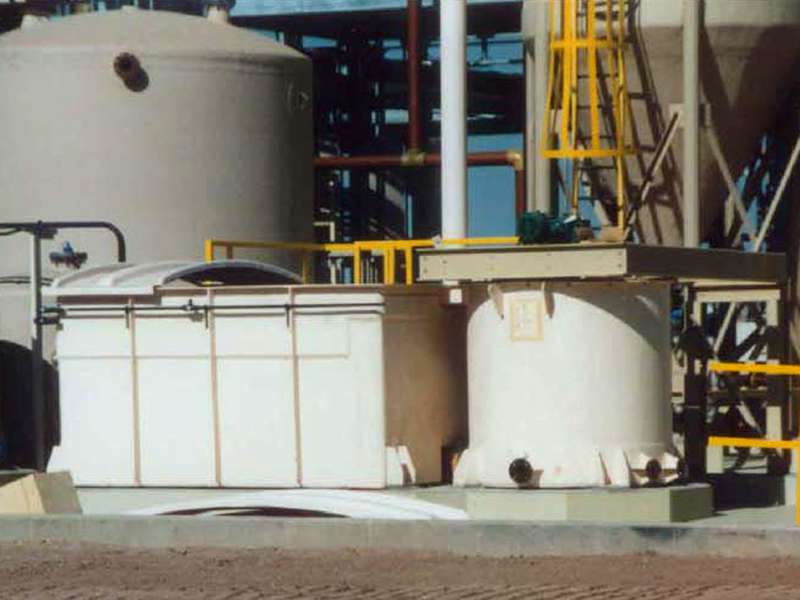
-
 Afrikaans
Afrikaans -
 Albanian
Albanian -
 Amharic
Amharic -
 Arabic
Arabic -
 Armenian
Armenian -
 Azerbaijani
Azerbaijani -
 Basque
Basque -
 Belarusian
Belarusian -
 Bengali
Bengali -
 Bosnian
Bosnian -
 Bulgarian
Bulgarian -
 Catalan
Catalan -
 Cebuano
Cebuano -
 China
China -
 China (Taiwan)
China (Taiwan) -
 Corsican
Corsican -
 Croatian
Croatian -
 Czech
Czech -
 Danish
Danish -
 Dutch
Dutch -
 English
English -
 Esperanto
Esperanto -
 Estonian
Estonian -
 Finnish
Finnish -
 French
French -
 Frisian
Frisian -
 Galician
Galician -
 Georgian
Georgian -
 German
German -
 Greek
Greek -
 Gujarati
Gujarati -
 Haitian Creole
Haitian Creole -
 hausa
hausa -
 hawaiian
hawaiian -
 Hebrew
Hebrew -
 Hindi
Hindi -
 Miao
Miao -
 Hungarian
Hungarian -
 Icelandic
Icelandic -
 igbo
igbo -
 Indonesian
Indonesian -
 irish
irish -
 Italian
Italian -
 Japanese
Japanese -
 Javanese
Javanese -
 Kannada
Kannada -
 kazakh
kazakh -
 Khmer
Khmer -
 Rwandese
Rwandese -
 Korean
Korean -
 Kurdish
Kurdish -
 Kyrgyz
Kyrgyz -
 Lao
Lao -
 Latin
Latin -
 Latvian
Latvian -
 Lithuanian
Lithuanian -
 Luxembourgish
Luxembourgish -
 Macedonian
Macedonian -
 Malgashi
Malgashi -
 Malay
Malay -
 Malayalam
Malayalam -
 Maltese
Maltese -
 Maori
Maori -
 Marathi
Marathi -
 Mongolian
Mongolian -
 Myanmar
Myanmar -
 Nepali
Nepali -
 Norwegian
Norwegian -
 Norwegian
Norwegian -
 Occitan
Occitan -
 Pashto
Pashto -
 Persian
Persian -
 Polish
Polish -
 Portuguese
Portuguese -
 Punjabi
Punjabi -
 Romanian
Romanian -
 Russian
Russian -
 Samoan
Samoan -
 Scottish Gaelic
Scottish Gaelic -
 Serbian
Serbian -
 Sesotho
Sesotho -
 Shona
Shona -
 Sindhi
Sindhi -
 Sinhala
Sinhala -
 Slovak
Slovak -
 Slovenian
Slovenian -
 Somali
Somali -
 Spanish
Spanish -
 Sundanese
Sundanese -
 Swahili
Swahili -
 Swedish
Swedish -
 Tagalog
Tagalog -
 Tajik
Tajik -
 Tamil
Tamil -
 Tatar
Tatar -
 Telugu
Telugu -
 Thai
Thai -
 Turkish
Turkish -
 Turkmen
Turkmen -
 Ukrainian
Ukrainian -
 Urdu
Urdu -
 Uighur
Uighur -
 Uzbek
Uzbek -
 Vietnamese
Vietnamese -
 Welsh
Welsh -
 Bantu
Bantu -
 Yiddish
Yiddish -
 Yoruba
Yoruba -
 Zulu
Zulu
pultruded fiberglass grating
Advantages of Pultruded Fiberglass Grating
Pultruded fiberglass grating has become a preferred choice across various industries due to its remarkable properties and benefits. As industries continue to seek materials that offer durability, safety, and cost-effectiveness, fiberglass grating stands out as an ideal solution. This article will delve into the advantages of pultruded fiberglass grating and its applications in various sectors.
What is Pultruded Fiberglass Grating?
Pultruded fiberglass grating is a composite material made from fiberglass reinforcements and a resin matrix. The pultrusion process involves pulling the raw materials through heated steel molds to create high-strength, lightweight panels that have consistent cross-sectional shapes. This manufacturing method ensures uniformity and superior mechanical properties, making pultruded fiberglass grating an excellent choice for many applications.
Key Advantages
1. Corrosion Resistance One of the most significant benefits of fiberglass grating is its resistance to corrosion. Unlike traditional materials such as steel and aluminum, fiberglass does not rust or decay when exposed to harsh chemicals, moisture, or salt. This property makes it particularly useful in environments such as chemical plants, wastewater treatment facilities, and marine applications.
2. Lightweight Nature Pultruded fiberglass grating is significantly lighter than steel, reducing the overall weight of structures and simplifying transportation and installation processes. This lightweight nature allows for easier handling and reduces the need for heavy lifting equipment.
3. Strong Load-Bearing Capacity Despite its lightweight characteristics, fiberglass grating provides excellent strength and load-bearing capabilities. It can withstand heavy foot traffic and equipment loads, making it suitable for industrial floors, walkways, and platforms.
4. Safety Features Fiberglass grating often features anti-slip surfaces, enhancing safety for workers in both wet and dry environments. Additionally, it does not conduct electricity, providing an added layer of safety in electrical applications.
pultruded fiberglass grating

5. Low Maintenance Requirements With its resistance to corrosion and environmental degradation, fiberglass grating requires minimal maintenance compared to traditional materials. This translates to lower long-term costs for businesses, as there is less need for repairs or replacements.
6. Customization Options Pultruded fiberglass grating can be tailored to specific project requirements, including various sizes, colors, and configurations. This customization allows for seamless integration into existing systems and enhances aesthetic appeal.
7. Environmental Benefits Being a composite material, fiberglass grating can be produced using recycled materials and is often recyclable at the end of its life cycle. This aligns with the growing trend toward sustainable construction practices and materials.
Applications Across Industries
Pultruded fiberglass grating is versatile and finds applications in several industries, including
- Chemical Processing Its resistance to corrosive substances makes it ideal for platforms and walkways in chemical plants. - Wastewater Treatment Fiberglass grating provides a durable and safe surface for workers in environments exposed to water and chemicals. - Marine and Coastal Ideal for docks, piers, and walkways due to its lightweight and non-corrosive nature. - Food Processing The easy-to-clean surface and non-porous nature make it suitable for environments where hygiene is paramount.
Conclusion
In conclusion, pultruded fiberglass grating offers a myriad of advantages, making it an effective alternative to traditional materials. Its unique properties, including corrosion resistance, lightweight nature, and low maintenance requirements, coupled with its myriad applications across diverse industries, underline its critical role in modern construction and manufacturing. As industries continue to prioritize safety, sustainability, and efficiency, the adoption of pultruded fiberglass grating is likely to grow, paving the way for safer and more effective work environments.









